
When working on a mobile application, you’re constantly on the lookout for ways to improve your team’s development process and ensure you end up with a polished and successful product.
Quality assurance (QA) is one of the crucial aspects of this process and should certainly not be overlooked.
QA is involves testing and evaluating an app to ensure that it meets the required standards and specifications. It has its place in all stages of app development.
This article aims to explain why QA is important during app development, and go over the many benefits it can provide, from maintaining app quality and increasing app security to protecting your company’s reputation.
First, let’s look at how QA can help with development costs.
Table of Contents
Reducing the cost of app development
An important benefit of quality assurance (QA), especially when practiced early in development, is that it can help keep development costs under control.
When QA specialists identify and address bugs and other issues in the early stages of the development process, the issues are relatively easy to fix without spending a lot of resources.
In contrast, bugs found in the later stages of app development or post-release are harder to address and can be more time-consuming and costly to fix.
Research confirms that the average cost of defect removal rises exponentially in the later stages of the software development life cycle (SDLC).
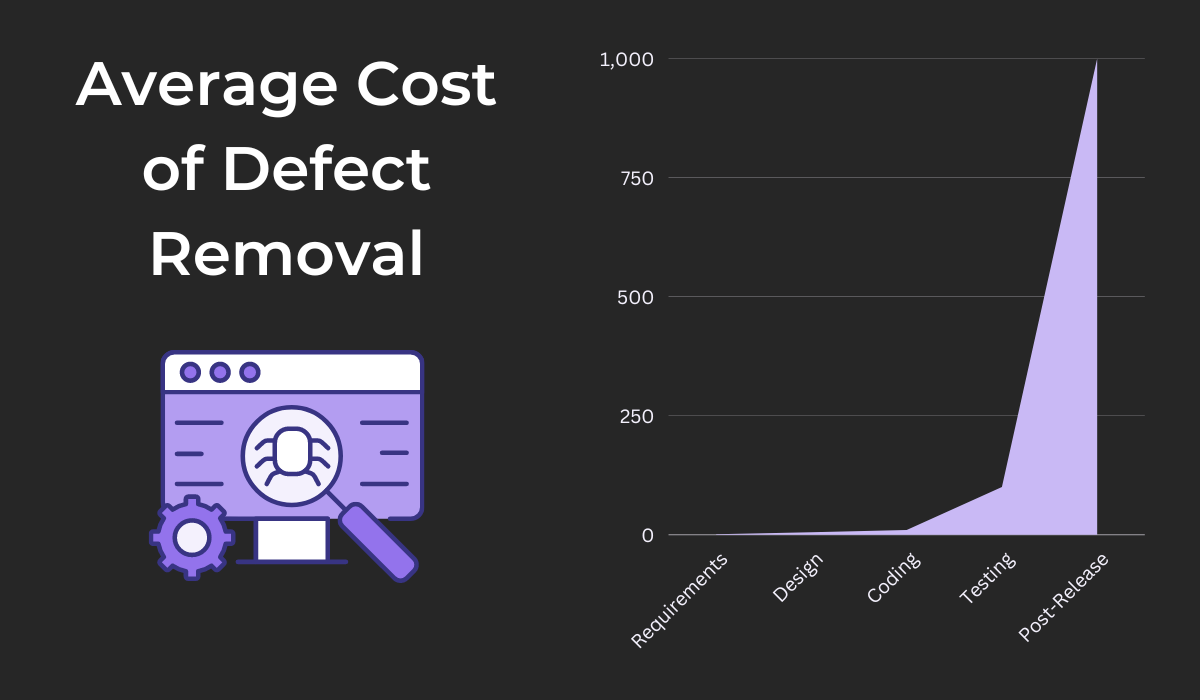
For example, if a bug is found in the testing phase, it will be much easier to fix than if it were found post-release.
That’s because, in the earlier phases of development, your team can work on the bug while the codebase is smaller, making it easier to navigate.
If, on the other hand, a bug is found post-release, sometimes it will be too late to prevent it from causing significant damage before being addressed.

Get unreal data to fix real issues in your app & web.
Consequently, not only will developers have to spend more time fixing the bug, but it could also have a negative impact on the company’s reputation.
One example of a bug that ended up being costly because it wasn’t found until after the product release is a defect in the highly popular Pokemon Go app launched in 2016.
The bug made it possible to access the personal information stored in the users’ Google accounts.
It granted the app permission to view their Gmail inboxes, Google Drive files, and Google Photos, along with their user location and search history.

While Pokemon Go’s creators eventually fixed this bug, the fact that they didn’t detect it until tens of thousands of users had downloaded the app posed a serious problem.
Users quickly voiced their concerns about the privacy issues in the app.
Faced with the backlash, the b nnnnnnnnapp’s creators had to face repercussions, and eventually issued a public apology.
Having an effective QA process is a great way to avoid similar situations by identifying, addressing, and preventing bugs early on in development and you’d be wise to consider focusing on it from the beginning stages of development.
Maintaining the quality of the app
Another benefit of QA is that it helps maintain an app’s quality and ensure that your product is stable, user-friendly, and has as few bugs as possible—traits that generally mean that an app is of high quality.
Throughout the QA process, various forms of testing are implemented to ensure that the app meets certain requirements and quality standards, making it function as it should with minimal issues.
These tests are divided into two groups: functional and non-functional.
Functional testing procedures are done to confirm that a mobile application is behaving as expected, with all of its features complying with the functional requirements you’ve set up beforehand.
Non-functional testing, on the other hand, is a type of testing that determines whether the non-functional requirements of an app are met.
These app requirements concern various aspects of your app—from its performance and security, to its user-friendliness and behavior under extreme loads.
During these testing procedures, many defects and bugs can be detected. This calls for an effective bug reporting practice within a good bug management system.
Although individuals can create bug reports manually, a far more efficient way is to automate this process by using a bug reporting software solution, such as Shake.
With Shake, developers can easily receive feedback about the bugs and crashes from the users, testers, and other QA specialists who encountered them.
For example, if a bug causes your app to crash, Shake allows users to send you a report of the event, where they can include their own comments and feedback on the issue.

These automatically generated bug reports, which include over 70 different metrics, allow your team to start addressing various bugs and issues within your app quicker and figure out how to fix them more effectively.
Overall, when coupled with a powerful and effective bug reporting tool such as Shake, the testing procedures included in the QA process help maintain your app’s quality and reduce the number of defects it contains.
Ensuring that the app is secure
App security is a top priority for any app development agency.
You should always protect both your company’s data and your users’ personal information against malicious individuals and cyberattacks.
Since a single security breach can have severe consequences both for the company’s finances and its reputation, QA is vital in this aspect of app development.
To identify vulnerabilities within the app that hackers could potentially exploit and use for malicious purposes, security testing is conducted.
By identifying and addressing vulnerabilities quickly, companies can greatly reduce the risk of a security breach.
Therefore, testing procedures can have an even greater impact when done early, offering the following benefits:
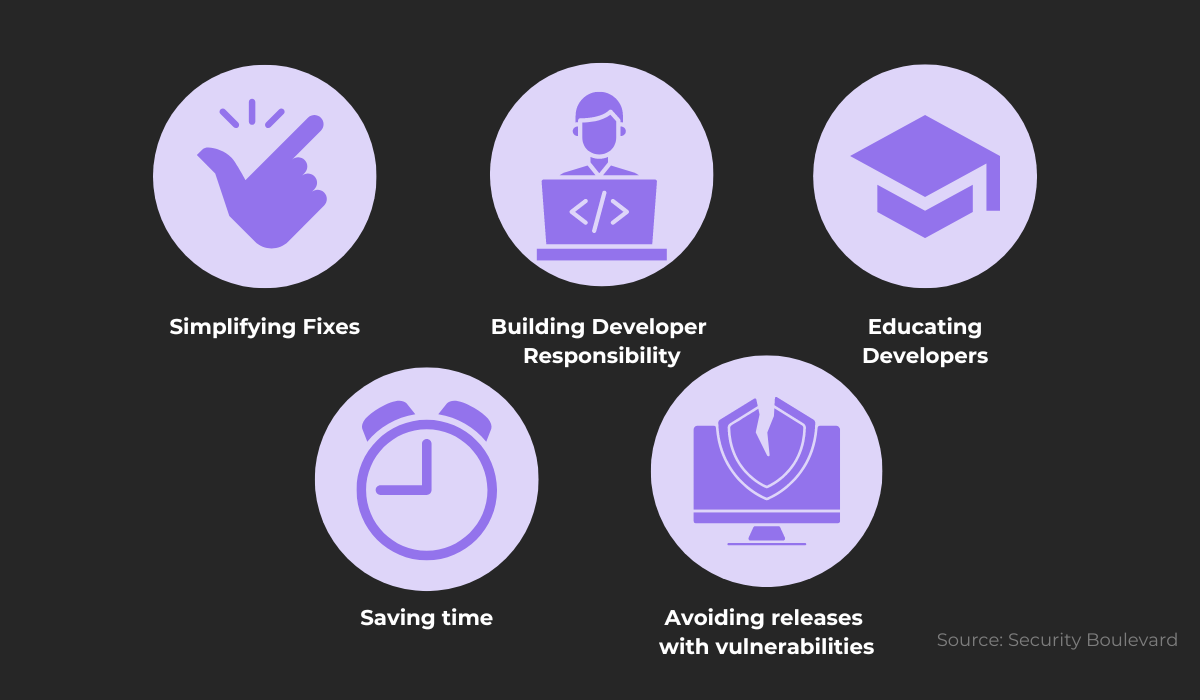
If you introduce security tests early on and ensure that your team’s code is reviewed throughout the development process, your team will be able to fix issues as they occur, instead of letting them escalate over time.
This constant testing can, in turn, increase the sense of responsibility in developers—they won’t be able to submit sub-par code, hoping it will pass unnoticed, since their work will be scrutinized all the time.
Early security tests can be a learning experience for developers, too. They can learn more about secure coding practices from QA specialists.
Delays and wasted time might also be lowered, as the chances of a bug showing up late in development will be rare—most bugs will have already been addressed or prevented much earlier.
Finally, the most important benefit of this practice is that there is less likelihood of an app being released with security issues—thus preventing major exploits.
The Uber data breach of 2016 is an example of the dire consequences that a breach can have for a company.
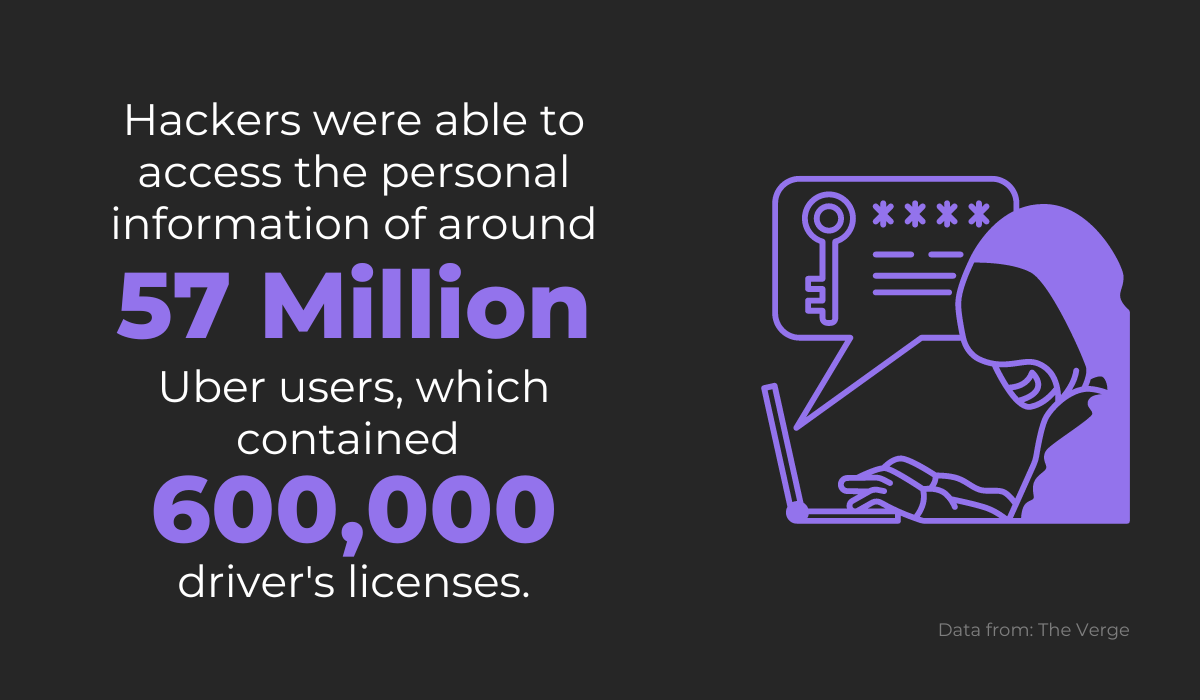
This attack was a massive hit to Uber, damaging its reputation and incurring high financial costs for the company.
In fact, Uber first paid the hackers $100,000 to delete the data and keep the breach a secret, but the incident was eventually made public, causing a significant loss of trust among Uber users.
In the end, the company had to pay a $148 million fine for attempting to hide the breach.
This incident is a prime example of the severe consequences that can result from an app whose security is lacking.
It highlights the importance of thoroughly testing apps for vulnerabilities in the QA process.
Improving customer satisfaction
The previous sections of this article showed that quality assurance includes many practices and testing procedures that aim to improve an app by addressing the quality of some of its core aspects.
In other words, implementing QA in the development process can help create a functional, stable, and secure product—an app that has very few bugs or other issues, and doesn’t crash often.
All of these benefits of QA also serve to improve user experience (UX) and customer satisfaction, as users have a more enjoyable time with the product.
QA specialists also conduct usability testing—a procedure where end-users interact with and evaluate your app.
Developers then use the collected user feedback and suggestions to determine what end-users want from the app, and then implement these changes where possible.
Usability testing has three core elements, creating a process with the final goal of gaining valuable insights from end-users, improving their UX, and keeping them satisfied:
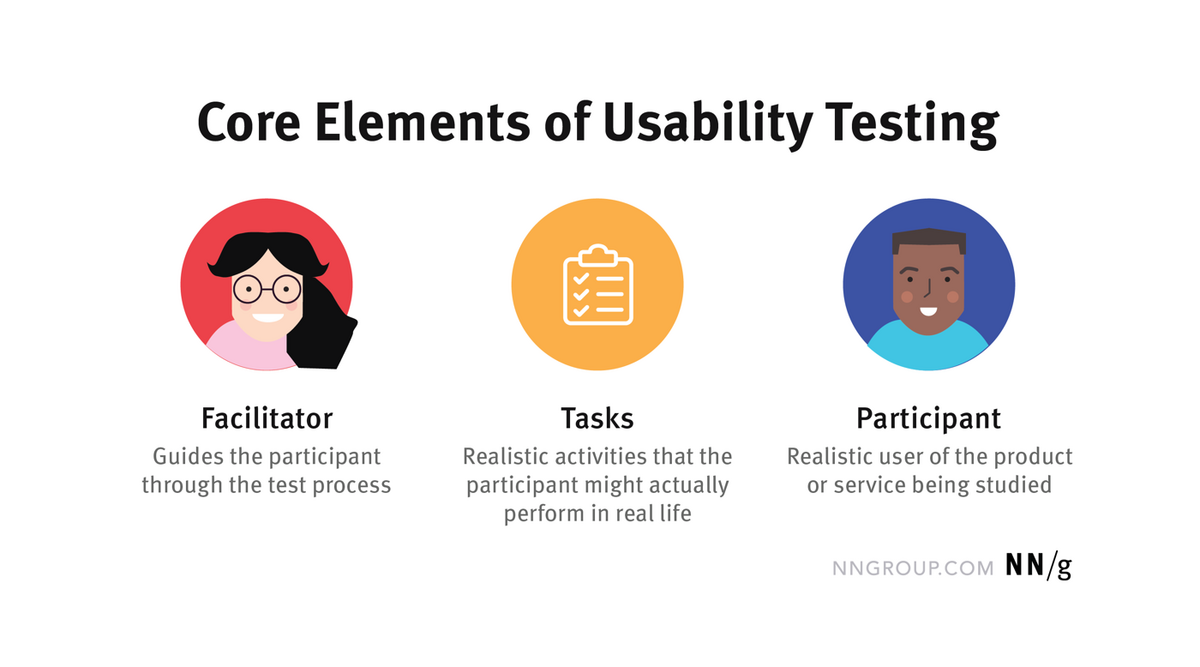
The entire process begins when the facilitator gives the participant various real-life tasks to perform on the app.
The participant then starts interacting with the app, while the facilitator observes and checks if they need any additional clarification.
During and after the entire process, the participant gives feedback and suggestions for the product, and they are often encouraged to think out loud and share their thoughts.
Through this process, the QA can detect usability issues that may potentially annoy users and negatively impact their overall experience with your product.
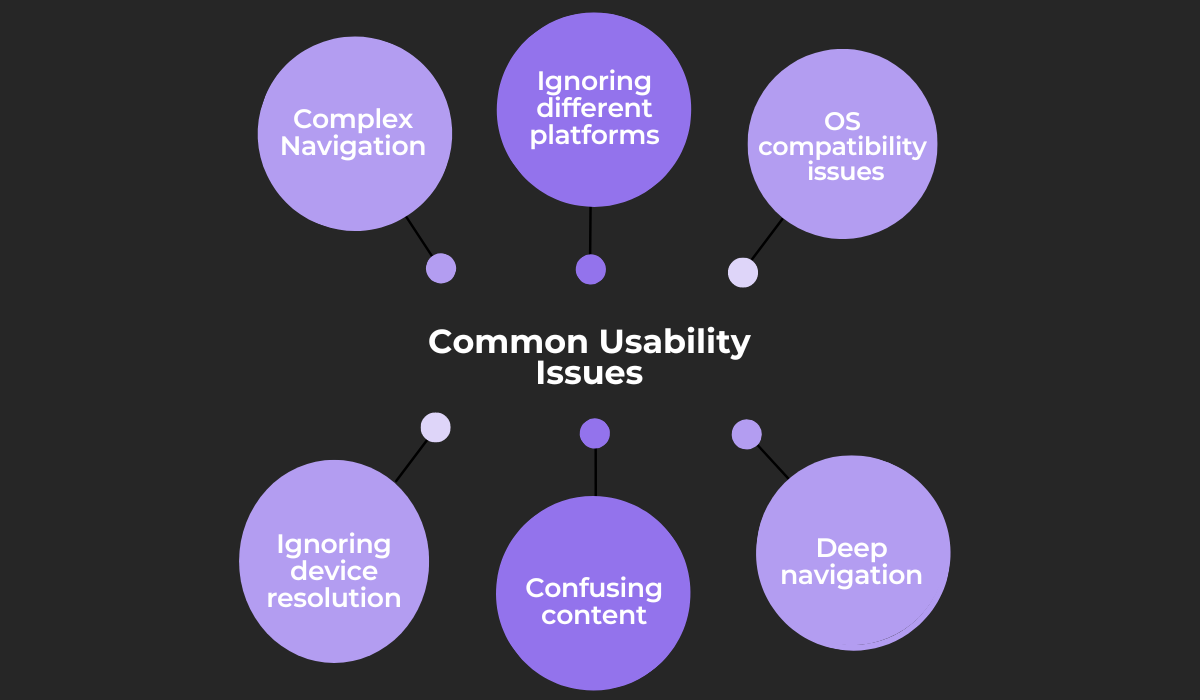
These issues can revolve around the navigation of the app (which may be too complex or include too many nested levels), various device and OS compatibility issues, and problems with the content shown on the app.
QA can help identify these issues, and you can then have your team of developers address them, improving the overall user experience and customer satisfaction as a result.
Protecting the company’s good reputation
Throughout this article, you might have noticed that the examples we covered mention the negative effects of poor app quality on a company’s reputation.
This should come as no surprise—any bugs, data breaches, and annoying defects in the app will reflect poorly on the company that made it.
The issues that occur post-release can severely damage a company’s reputation, even if it was generally positively perceived before the problems.
Users dislike using apps that perform badly so much that negative experiences often lead to them leaving a bad review, which may deter other potential users from buying from you.
In fact, 73.2% of consumers say they are likely to leave a negative review of an app if they encounter any issues—a fact that should concern you, as negative reviews can greatly affect your company’s image.
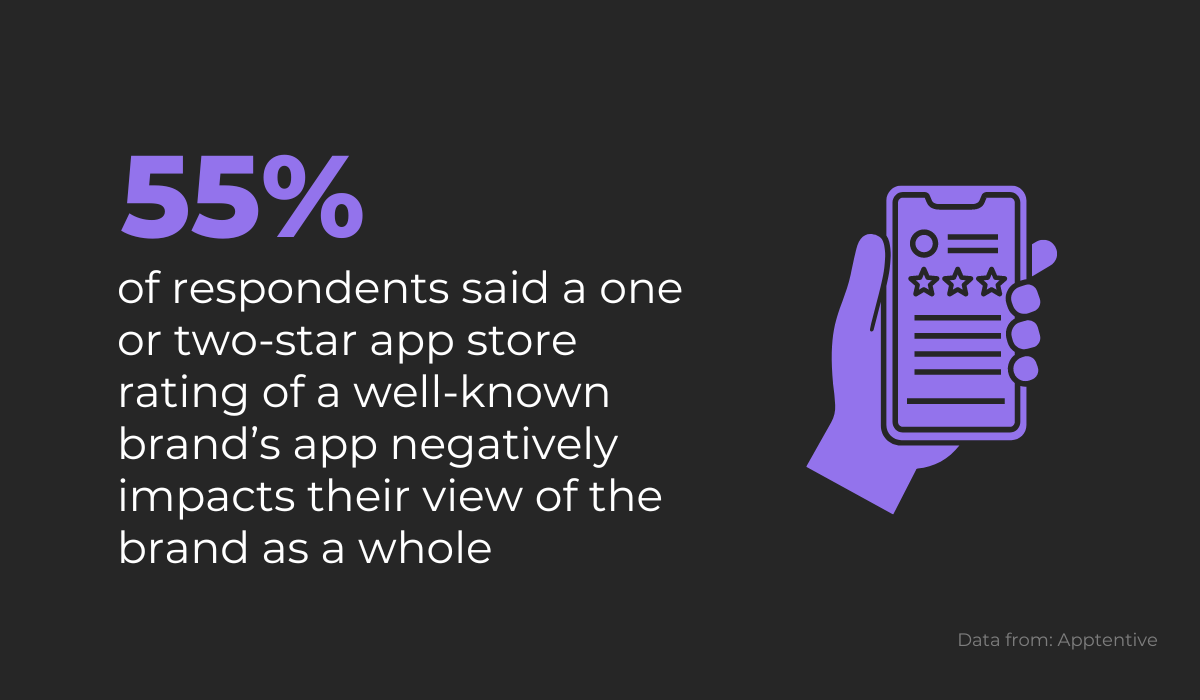
What’s worse, 46% of respondents in the same survey say they regard a four-star rating as a minimum for them to even consider downloading an app, with only 12% of people saying they would download a two-star app.
As you can see, app issues that cause end-users to have negative experiences can start a domino effect, where their negative reviews can start affecting your company’s image, while dissuading new users from trying out your app in the first place.
So, not only will a poorly-made app that didn’t go through proper QA testing procedures frustrate users, but it will tarnish your company’s reputation and potentially cost you a lot of money in the long run.
Therefore, QA should not be overlooked as it can be essential for giving users a smooth and enjoyable experience that will reflect positively on your brand and strengthen your reputation.
Conclusion
By reading this article, you’ve hopefully understood why quality assurance is a necessary and important part of app development.
QA can help you ensure that your app works as intended, with as few defects as possible—delivering a high-quality product to users and increasing the chances of your app succeeding in a highly competitive market.
Skipping or neglecting this crucial aspect of development can lead to unnecessary delays and issues that will frustrate customers, and end up hurting your business in the long run.
Therefore, you’d be wise to include your organization’s QA team in the development process as soon as possible and work with QA specialists throughout the overall software development life cycle.




